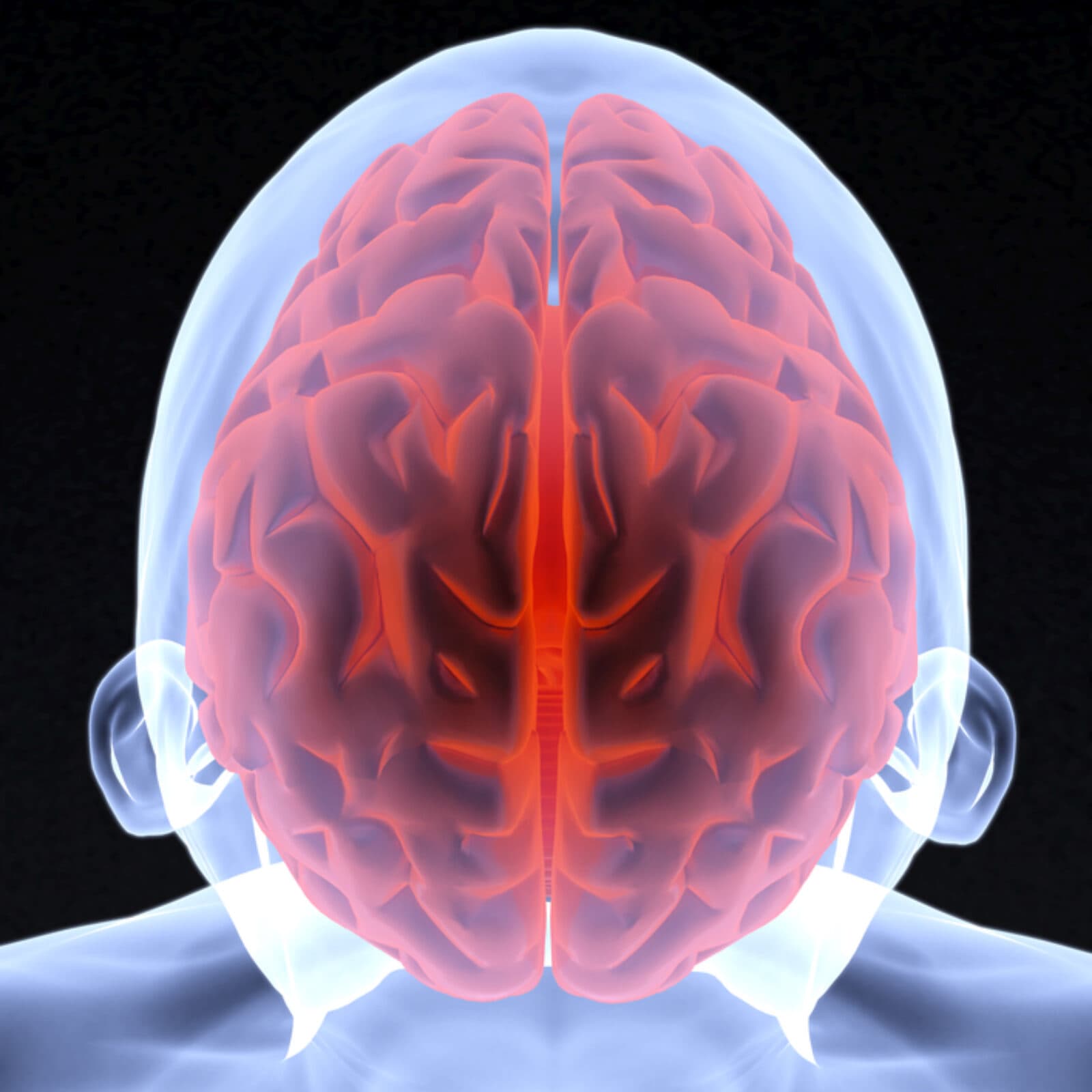US Neuroscientists Call for Creation of 'Brain Observatories'

(Originally published by Cell Press)
October 15, 2015
What is the future of the BRAIN Initiative? This national White House Grand Challenge involving more than 100 laboratories in the United States has already made progress in establishing large-scale neuroscience goals and developing shared tools. And now in an Opinion paper publishing October 15 in Neuron, leading American neuroscientists call for the next step: a coordinated national network of neurotechnology centers or "brain observatories."
"It is our view that the technological challenges that must be surmounted are sufficiently complex that they are beyond the reach of single-investigator efforts; we believe they can only be surmounted through highly coordinated, multi-investigator, cross-disciplinary efforts," the authors write. "These centers could be similar to existing astronomical observatories, where large-scale technology development and deployment is carried out in a centralized fashion, and where facilities are then shared by the entire community."
Live Webcast: A Call for 'Brain Observatories'
October 30, 1 pm EDT (10 am PDT)
Join The Kavli Foundation for a live webcast about the proposal for a national network of neurotechnology centers, or 'brain observatories.' Three of the paper’s authors – Miyoung Chun of The Kavli Foundation, Michael Roukes of the California Institute of Technology and Rafael Yuste of Columbia University – will answer your questions about what these observatories could achieve.
The six authors include Rafael Yuste, co-director of the Kavli Institute for Brain Science at Columbia University, Michael Roukes of Caltech, Ralph Greenspan of the Kavli Institute for Brain and Mind, George Church of the Wyss Institute and Harvard Medical School, Miyoung Chun of The Kavli Foundation, and A. Paul Alivisatos of the University of California, Berkeley and the Kavli Energy NanoSciences Institute.
They outline four primary areas of the BRAIN initiative that are critically dependent on new technology that would be unlikely to be quickly realized outside of a center-based framework. These include connectomics – the systematic reconstruction of neural circuits – neural nanoprobe systems, new resonance imaging technologies, and computational data mining. Each of these requires platforms that are expensive to acquire, implement, and maintain, and, if only hosted in one lab, would affect scientific reproducibility and robustness.
"We believe that the early stage of the BRAIN initiative has laid the groundwork for the next critical stages: enabling the development of integrated neurotechnology systems and, subsequently, the broad
dissemination of newly created tools," the authors write. "There is tremendous opportunity for rapid progress in the four areas mentioned above if the BRAIN Initiative expands beyond its current portfolio of single- and few-investigator projects. These centers would unite and synergize the hundreds of individual laboratories now funded by the BRAIN Initiative."
